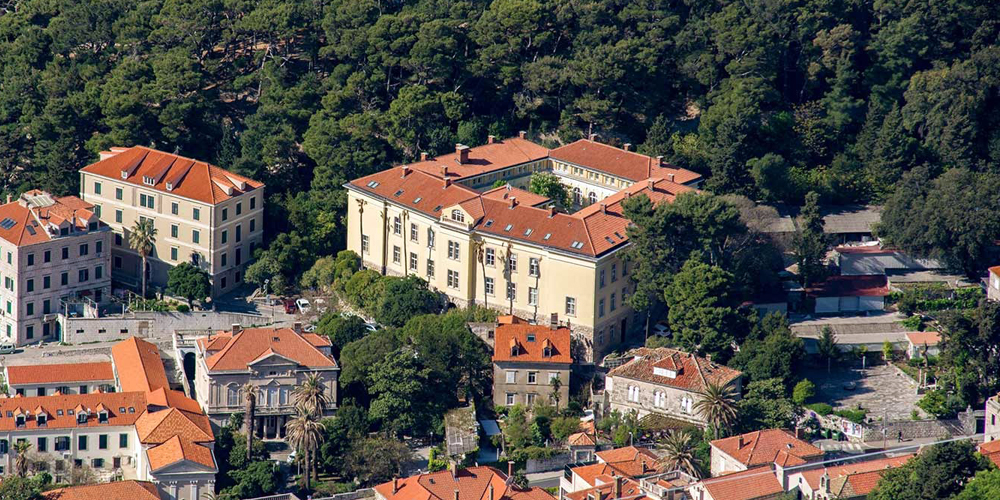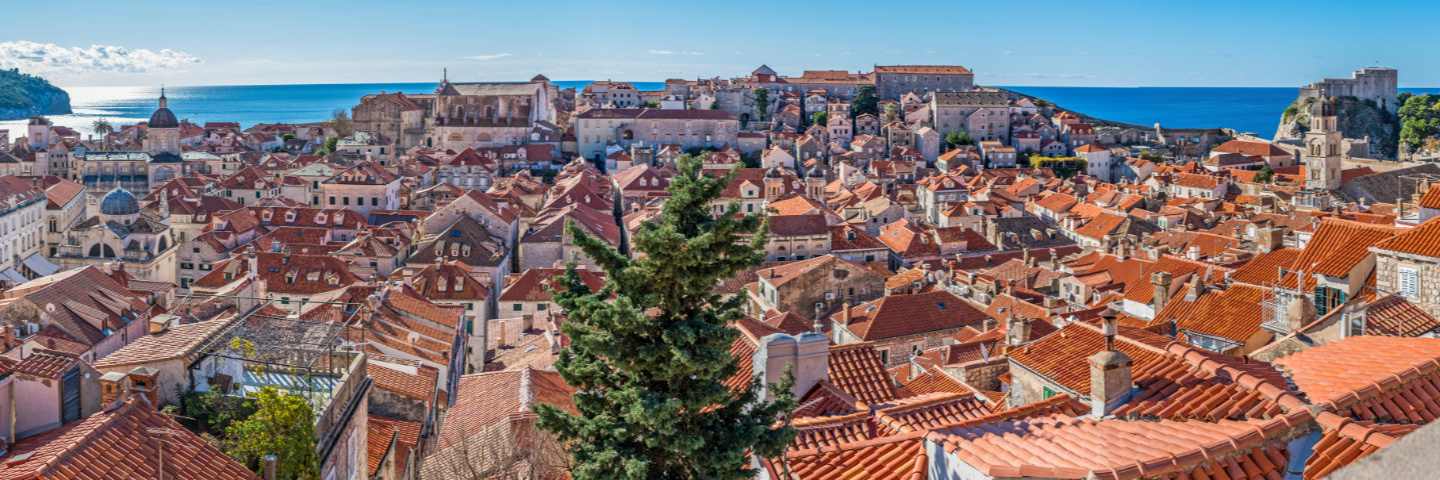
Conference Venue
The 5th International Conference on Structural Integrity and Durability (ICSID 2021) will be held at the Centre for Advanced Academic Studies in the beautiful city of Dubrovnik, from 7th to 10th September 2021.
The magnificent old building of the Centre for Advanced Academic Studies is situated in the center of this splendid city on the Croatian Adriatic Coast, at the vicinity of the most prominent historical places in the Old Town. The Conference Reception will take place in the atrium of the Centre on 7th of September 2021.
The address of the Congress Venue:
CENTRE FOR ADVANCED ACADEMIC STUDIES
Don Frana Bulica 4
20000 Dubrovnik
CROATIA
General information about Dubrovnik
Dubrovnik, one of the most attractive and famous cities of the Mediterranean, a city with unique political and cultural history (the Dubrovnik Republic, the 1272 Statute) and world-famous cultural heritage and beauty, is included in the List of UNESCO World Heritage Sites. Dubrovnik also offers excellent opportunities for visitors. It boats a wide selection of hotels, high ecological standards and tourist attractions and is worth seeing in all seasons. Its geographical isolation is compensated for by high standards of transport and communications, particularly through air transport and fast hydrofoil boats.
Dubrovnik was founded in the 7th century. The city is surrounded by 2 kilometers of walls built between the 11th and 17th centuries. In its millennial history, freedom, independence, sovereignty were the mainstay of Dubrovnik’s social system. European crusades, pilgrims to Jerusalem, travel writers, messengers, adventures and those seeking new knowledge and perspective passed through or stayed.
Sightseeing in Dubrovnik requires several days. However, just a walk through Stradun and the city’s narrow streets and small squares, monumental ramparts and fortresses, provides enough opportunities to experience the millennial beauty of its shell-shaped urban core, centuries of building, stone-cutting, carving and engraving, the history of the Duke's Palace, libraries, the oldest pharmacy in Southern Europe, etc. Dubrovnik offers a great choice of museums and galleries, which contain the jewels of Croatian heritage.

Dubrovnik s a town, port and tourist centre of the southern Croatian coast. It lies at the foot of the limestone Srd Mount (412 m), in a valley enclosed to the southwest by the Lapad plateau and a smaller reef containing the oldest part of Dubrovnik. The ancient town centre was connected with the suburban area on the other side of the valley by the levelling and filling up of a marshy valley between the Gruz Bay to the north and Stari Porto (Old Port) to the south, as well as by the construction of the Placa (Stradun). Stradun thus became the centre of the town and its main street, connecting two opposite town gates - the Ploce Gate in the east and the Pile Gate in the west. Upon the construction of the port in Gruz Bay, Gruz was gradually annexed to Dubrovnik and became an integral part of the town. Later on, Dubrovnik was also extended as far as the Lapad peninsula, to the lower parts of the Srd slopes and outside the town ramparts toward Zupa.
Dubrovnik’s climate is characterized by warm and dry summers and mild winters. The average air temperature in the coldest month (February) is 4.6 °C and in the warmest month (August) 26.2 °C. The cold half of the year accounts for 68% of the total annual rainfall; the spring accounts for 29, the summer for 14, the autumn for 26 and the winter for 37 rainy days out of the total number of 105. Snow is extremely rare and there are 2,554 hours of sunshine a year, Dubrovnik ranks among the sunniest towns of southern Europe. In June it has 12.4 hours of sunshine a day, like Alexandria in Egypt. The vegetation is subtropical and extremely luxuriant (olives, almonds, citrus fruit, rosemary, laurel, holm oak, pine, stone pine, cypress). Southeast of the old part of the town is a tourist area called Ploce with hotels and beaches; west of it is Lapad with sports facilities, hotels, beaches and walking trails;, and to the northwest is Gruz port and Gruz. The local economy is fuelled by tourism and seafaring. The town has a number of cultural and educational institutions: the Nautical College, the Tourist College, the University Centre for Postgraduate Studies of the University of Zagreb, the Institute of History of the Croatian Academy of Arts and Sciences, the Dubrovnik Summer Festival and more.